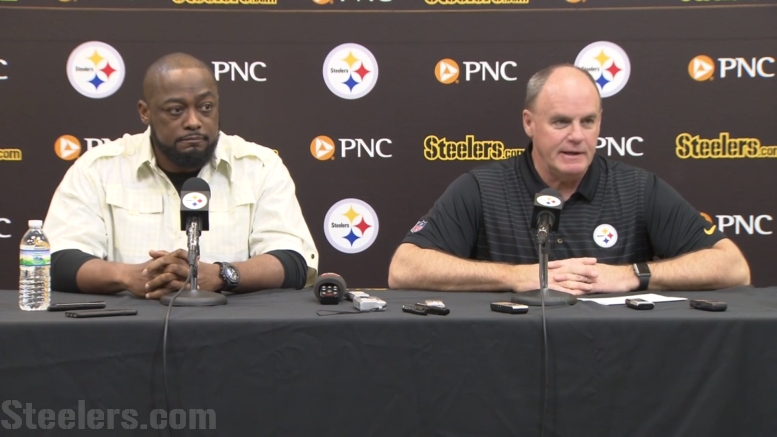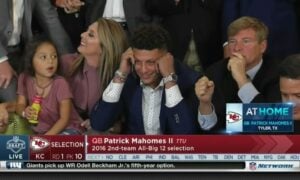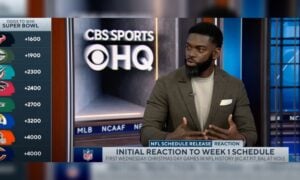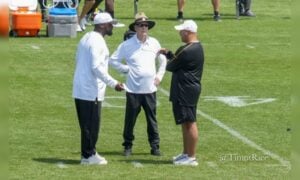It was, perhaps, once the case that the draft trade value chart was a fixed, dogmatic concept that nearly everybody subscribed to. There were always teams who would deviate from it, but it was generally adhered to for many years, and trades within the public domain were judged often enough based on whether the ‘value’ made sense.
Of course, the true value of a trade is in how the players drafted end up performing. The Pittsburgh Steelers trading Santonio Holmes for a fifth-round pick that they ended up swapping for Bryant McFadden and the sixth-round pick that turned into Antonio Brown was amazing value in the long run.
As you might guess, though Kevin Colbert and the Steelers are not a team that adheres to any outside trade value chart (for the record, neither are Bill Belichick and the New England Patriots). The trade value chart has necessarily changed, however, after compensatory picks were made tradeable.
Colbert told the local media in attendance at the annual league meeting on Sunday that every team “uses their own” value chart. “When we are making a trade with a team, they may tell us it doesn’t match the value and that is their decision”, he said, but gave examples of how two different trades they made worked out.
“If you go back to when we traded up for Troy [Polamalu], I think we went from No. 27 to No. 16 and I think we gave up a third and a sixth. When we traded up for Santonio Holmes, I think we went from No. 32 to No. 25, I can’t even remember, and we gave up a third and a fourth and people say we gave up too much. My immediate response would be, well he did catch the touchdown pass to win a Super Bowl”, he said.
Those are the only two times that Colbert has traded up in the first round, but he has moved around before. Last year, he traded a sixth-round pick to move a few spots up in the third round to draft Mason Rudolph. He traded into the fourth round in 2013 by trading a future third. He also moved up to draft Alameda Ta’amu and Daniel Sepulveda, both in the fourth round.
“I think in any year that value is what you decide it to be. Someone may say we need this, or it doesn’t match our chart, and so we may say we want to exceed those charts. We don’t know until we get moving on it”, he added.
He also said that he never takes the approach of a late-round draft pick ‘only’ being a sixth or seventh, noting that he chooses to associate those picks with certain players, like Brown, a sixth-round pick, or Brett Keisel, a seventh.
Now, Colbert hasn’t unearthed any late-round gems in recent years, if we’re being honest, the ‘best’ being fifth-round Jesse James in 2015 and sixth-round Anthony Chickillo the same year. Vince Williams was also a sixth-rounder in 2013, and Kelvin Beachum a seventh in 2012.








